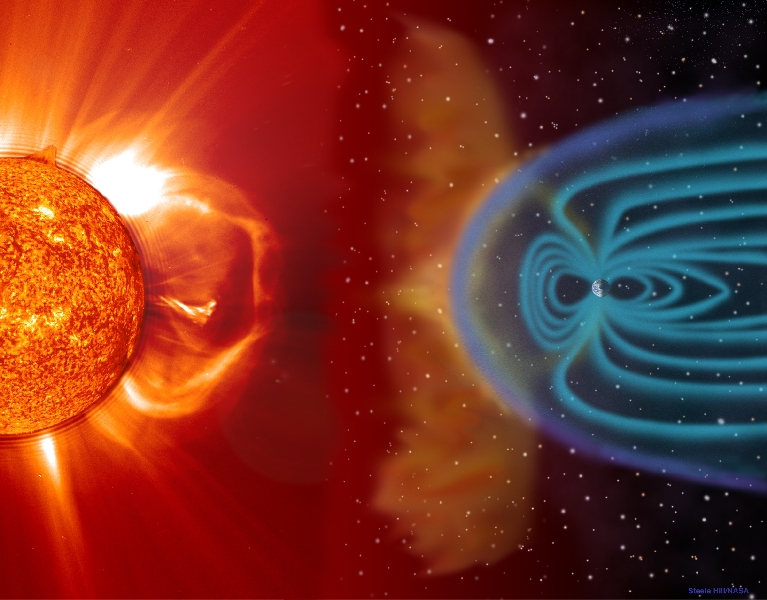My dad and I ventured out Saturday night to attend the April 2011 general meeting of the Astronomical Society of Kansas City, held on the fourth Saturday of nearly every month at Royal Hall on the campus of UMKC. Dad volunteered to drive from Lansing/Leavenworth to just east of the Country Club Plaza in Kansas City, Missouri. We had a pleasant uneventful drive.
Once we arrived on campus and eventually navigated the one-way streets around Royal Hall to find the entrance to the parking garage, we entered the building and immediately recognized a couple waiting in the hallway outside the lecture room. We stumbled upon old friends from our amateur radio past. We spent several minutes getting reacquainted and catching up. We gravitated towards the lecture hall and sat together.
The first hour of the meeting involved various awards for observing activities, reports on scholarship funding and distributing, status of the DSS (dark sky site), encouragement to try an observing club or activity and brief demonstration of beta testing a recent kit from the NASA‘s Nightsky Network. There was also a brief commercial for a performance called ‘Orbit‘ by Dark Matter scheduled for the first weekend in May at Union Station‘s Gottlieb Planetarium.

The meat of the meeting came with a presentation on Solar Observing Basics by Neta Apple. Her talk covered safety, first and foremost, various filters (white light, calcium K and hydrogen alpha – her personal preference). an introduction to the interior of our closest star, umbrae, penumbrae, light bridges, granulations, prominences, faculae and solar flares. Neta mentioned a 19th century solar flare, commonly know as the Carrington Event, named for the British amateur astronomer who observed it in 1859. She asked the audience what we thought the result of a large or super flare of similar magnitude to the Carrington Event would do to our technology heavy civilization? While we might survive that Russian roulette with the Sun’s gun, we lack the stockpiles of electrical transformers to replace all those that would be destroyed (estimates predict it would take two years for the Mexican manufacturers to create enough to replace just those lost in the United States alone).
On a happier note, Neta wrapped up with some examples from NASA’s Solar and Heliospheric Observatory (SOHO for short) web site and opened the floor for a brief question and answer period.
By this time, we were approaching the latter half of the nine o’clock hour, and the meeting coordinator (the President was absent, so there was a substitute) decided to de-formalize the scheduled town hall meeting to a social gathering, with refreshments, encouraging attendees to meet their board members and other club regulars. I took the opportunity to quickly skim through the available observatory activities, grabbing the Astronomical League‘s Urban Observatory Club handout, but forgetting to grab ASKC’s Astro Quest one.
I asked a question of the Membership Secretary and then said goodbye to our old amateur radio friends. Dad and I returned to the car and drove home, under cloudy skies. I’m looking forward to ‘opening night‘ at Powell Observatory on Saturday, May 7th, featuring the ‘Galaxies of Spring’ and I hope to see you there!

